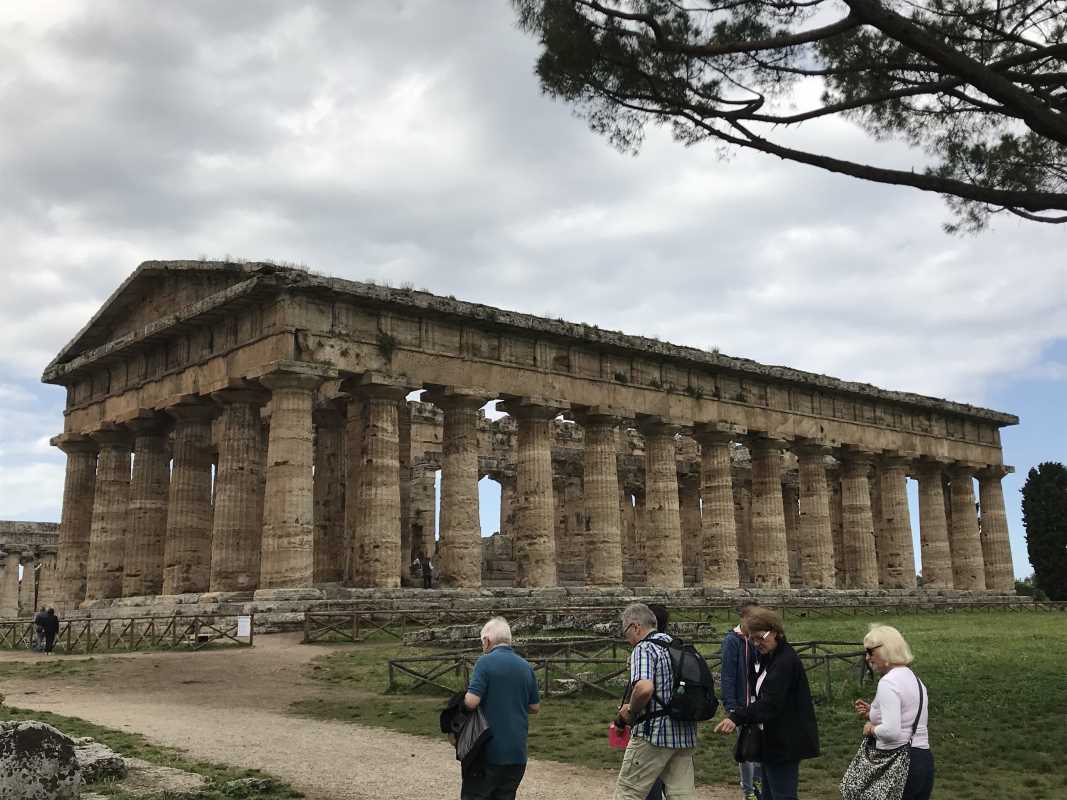Greece, a country steeped in history, is often regarded as the cradle of Western civilization. Its ancient ruins, scattered across the mainland and islands, tell the stories of a time when gods and heroes walked the earth. From the majestic columns of the Parthenon to the mysterious oracle at Delphi, exploring these sites offers a unique glimpse into the past. This article delves into some of Greece's most iconic ancient ruins, their historical significance, and tips for travelers seeking to experience these remarkable remnants of a bygone era.
The Acropolis of Athens
The Acropolis, a UNESCO World Heritage Site, symbolizes ancient Greece and its cultural achievements. Dominating the skyline of Athens, this ancient citadel includes several significant structures, the most famous of which is the Parthenon. Built in the 5th century BCE, the Parthenon was dedicated to the goddess Athena, whom the people of Athens considered their patroness. The temple is renowned for its Doric columns and exquisite sculptures depicting various mythological scenes.
Visiting the Acropolis is an awe-inspiring experience. As you ascend the hill, the panoramic view of Athens unfolds beneath you. The site is an architectural marvel and a testament to the artistic prowess of the ancient Greeks. Be sure to explore the Acropolis Museum nearby, which houses many artifacts recovered from the site, providing deeper insights into its history and significance.
Delphi: The Oracle’s Sanctuary
Nestled in the foothills of Mount Parnassus, Delphi was once considered the center of the world in ancient Greek mythology. The site was home to the Oracle of Delphi, a priestess who served as a medium between the gods and the people. Pilgrims from all over Greece traveled to Delphi, seeking guidance and prophecy, making it one of the most important religious sites in the ancient world.
The ruins of Delphi include the Temple of Apollo, where the Oracle delivered her cryptic messages, and the ancient theater, which provided entertainment for the thousands who visited. The Sacred Way, a processional path lined with monuments and treasuries, leads you through the heart of the site. The view from Delphi is breathtaking, with valleys and mountains stretching out as far as the eye can see, adding to the mystical aura of the location.
Olympia: The Birthplace of the Olympics
Olympia, located in the western Peloponnese, is renowned as the birthplace of the Olympic Games. Every four years, athletes from various city-states gathered here to compete in athletic events in honor of Zeus. The ruins at Olympia include the Temple of Zeus, which once housed a magnificent statue of the god made of gold and ivory, considered one of the Seven Wonders of the Ancient World.
Visitors to Olympia can explore the ancient stadium, where the games took place, and the workshop of Phidias, the sculptor responsible for the statue of Zeus. The site’s museum features an impressive collection of artifacts, including intricately crafted vases and statues that give insight into the athletic and religious life of ancient Greeks. Walking through Olympia, you can almost hear the echoes of cheers from the spectators who once filled the stands.
The Palace of Knossos: Minoan Civilization
On the island of Crete, the Palace of Knossos offers a fascinating glimpse into the Minoan civilization, one of the earliest advanced societies in Europe. Believed to be the legendary labyrinth of King Minos, the palace complex features intricate frescoes, advanced plumbing systems, and a layout that reflects the complexity of Minoan society.
Visitors can wander through the ruins, exploring the grand halls, storerooms, and ceremonial areas. The vibrant frescoes depicting scenes of nature, religious rituals, and everyday life showcase the artistic achievements of the Minoans. The site is steeped in mythology, with tales of the Minotaur and Theseus adding an enchanting layer to your visit.
The Ancient City of Epidaurus
Famed for its theater, Epidaurus is a site that blends ancient architecture with natural beauty. The theater, built in the 4th century BCE, is renowned for its exceptional acoustics, allowing even the faintest whispers to be heard in the farthest seats. This remarkable engineering feat is a testament to the advanced understanding of sound and space possessed by the ancient Greeks.
In addition to the theater, Epidaurus was a sanctuary dedicated to Asclepius, the god of healing. Pilgrims visited the site seeking cures for various ailments, and the ruins of the healing center can still be explored. The serene surroundings of Epidaurus, combined with its historical significance, make it a must-visit destination for those exploring ancient Greece.
The Temple of Poseidon at Sounion
Perched dramatically on a cliff overlooking the Aegean Sea, the Temple of Poseidon at Sounion is one of the most picturesque ancient ruins in Greece. Built in the 5th century BCE, the temple was dedicated to Poseidon, the god of the sea. The location is steeped in mythology, with stories of sailors praying for safe passage before embarking on their journeys.
As you approach the temple, the stunning views of the sea and surrounding landscape create a magical atmosphere. The sun setting behind the temple’s ruins is a sight to behold, making it a popular spot for photographers and romantics alike. The combination of natural beauty and historical significance makes Sounion a perfect day trip from Athens.
Tips for Exploring Ancient Ruins in Greece
- Plan Your Itinerary: Greece is home to numerous ancient sites, so planning your itinerary in advance can help you make the most of your visit. Prioritize the ruins that interest you most, and consider their locations to optimize travel time.
- Guided Tours vs. Self-Exploration: While many sites offer guided tours that provide valuable historical context, exploring on your own can also be rewarding. Audio guides and informational panels at many ruins can enhance your understanding.
- Respect the Sites: Many ancient ruins are fragile and require careful preservation. Be respectful of the rules in place, such as not climbing on ruins or removing artifacts. Your consideration helps ensure these sites remain for future generations to enjoy.
- Visit Off-Peak Times: Popular sites can become crowded, especially during the summer tourist season. If possible, visit during the shoulder seasons (spring and fall) for a more serene experience.
- Wear Comfortable Footwear: Many ancient ruins involve walking on uneven terrain, so comfortable shoes are a must. Be prepared for hiking in some locations, as the paths can be rugged.
- Stay Hydrated and Protected: The Mediterranean sun can be intense, especially in the summer months. Carry water, wear sunscreen, and wear a hat to protect yourself while exploring.
Exploring the ancient ruins of Greece is not just a journey through history; it’s an immersive experience that allows you to connect with the past profoundly. Each site tells its unique story, reflecting ancient civilizations' values, beliefs, and achievements. From the grandeur of the Acropolis to the tranquility of Delphi, these ruins offer a captivating glimpse into a world that shaped much of modern society. Whether you’re a history buff, an architecture enthusiast, or simply a curious traveler, Greece’s ancient ruins promise to leave a lasting impression, reminding us of the rich tapestry of human history that continues to inspire and intrigue.
 (Image source: Inuvo / DSR)
(Image source: Inuvo / DSR) 





